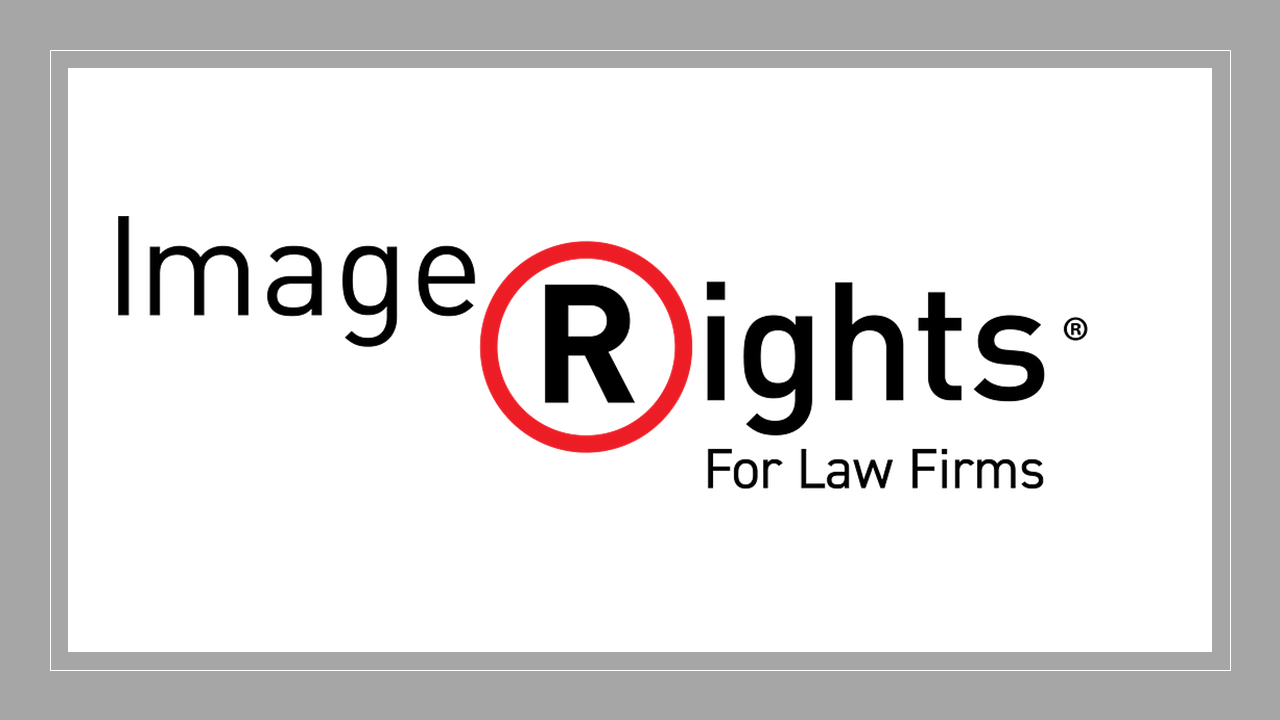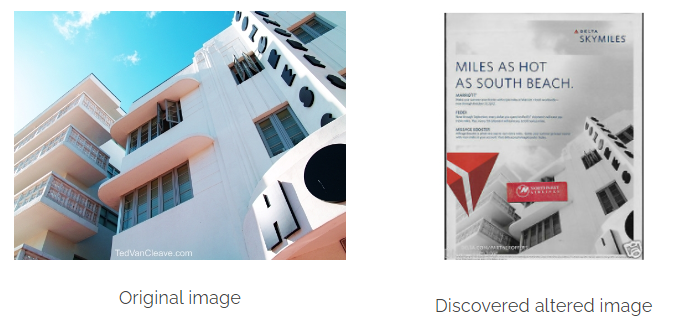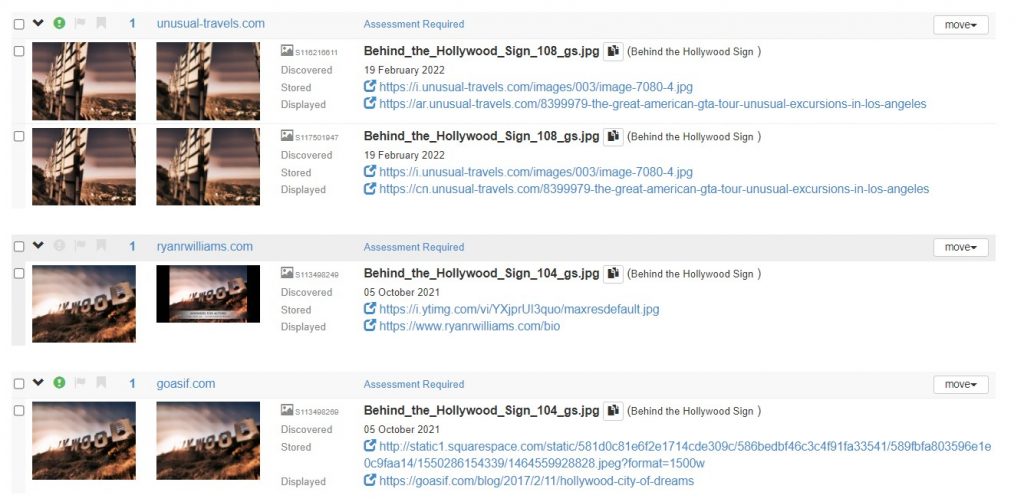ImageRights International, a company whose technology has helped visual artists protect their copyrights since 2009, is now entering the legal tech market with its launch today of ImageRights for Law Firms, a platform designed to help law firms and corporate legal departments directly protect their clients’ copyrighted photographs, illustrations, digital art and other visual works.
The company announced the launch of the product today at the annual meeting of The Copyright Society of the USA in Chicago.
ImageRights for Law Firms uses proprietary, cloud-based technology to constantly search the internet for uses of clients’ images and to automatically acquire evidence for firms to use in pursuing legal remedies.
Read more about ImageRights for Law Firms at the LawNext Legal Technology Directory.
The powerful technology will find images matching the clients’ even if they have been radically cropped, had colors changed or removed, been altered with text or image overlays, or have been flipped or added to a collage, the company says.
I saw a demonstration last week in which the technology found images that had been significantly edited or altered.
While the platform cannot distinguish between authorized and unauthorized uses of an image, it constantly monitors the internet and then collects any copies it finds in a review platform, where the company’s AI sorts, filters and ranks the images so that the the client or attorney can review them and identify any that are not authorized.
The attorney can then request a time- and date-stamped screenshot, which the product collects and saves, along with server IP information.
From there, the attorney can download the images with the click of a button, to be used directly or imported into a case management system.
The new law firm platform uses the same AI search technology that has been the core of ImageRights’ product for visual artists since 2009. As part of its service for artists, the company maintains an international network of attorneys that artists can connect with to protect their copyrights.
As those firms had used the artists’ platform over the years, many had asked the company to develop a version for law firms that they could use to serve their own clients.
“ImageRights has partnered with scores of IP law firms over the past decade,” said Joe G. Naylor, ImageRights’ cofounder and CEO. “They have often asked if we could provide specialized searches for copyright infringement cases they were litigating or even just run a general search for one of their clients.
“It became clear that there was an opportunity to leverage the incredible technology we have developed and expertise in identifying potential infringement claims and providing that directly to IP law firms and in-house legal teams.”
The cost of the service starts at $195 a month. Deployment requires little more than signing up for an account and beginning to add clients. The company offers an introductory training session, but says the platform is so simple that the training takes just 20 minutes.
Naylor founded ImageRights together with Ted VanCleave, himself a fine art photographer as well as the company’s executive vice president. The company says it protects more than 20 million client images and digital assets globally on behalf of professional photographers, photo agencies and media companies, and has registered more than 1 million images with the U.S. Copyright Office on behalf of its clients. Its systems process and analyze more than three billion images annually.
 Robert Ambrogi Blog
Robert Ambrogi Blog

